Art and culture
Los Milagros Roman Aqueduct
This partially preserved massive aqueduct was one of the large works at Emerita Augusta for supplying water to the city.
A masterpiece of Roman engineering
Location and Contact:
- Contact person: Oficina de Turismo de Mérida
- Tel.:+34 924 33 07 22
- Email: info@turismomerida.org
- Website address: www.turismomerida.org
-
This partially preserved massive aqueduct was one of the large works at Emerita Augusta for supplying water to the city.
Mérida, called Emerita Augusta during Roman times, received water from the Proserpina reservoir, where we can still admire the Roman dam nowadays, through this colossal aqueduct that crossed the Albarregas River and led to the urban network.
It is known as the “Los Milagros” (Miracles) aqueduct on account of the admiration that its magnificence inspired in visitors. Nowadays, eight hundred metres of aqueduct are preserved, with columns that are up to twenty-seven metres high, on which white storks nest every year.
One of the singular factors of this construction is the combination of two materials: granite and red brick, that create a nice colour combination and that, as the story goes, were an inspiration for masterpieces of Hispanic-Moslem caliphal art.
The aqueduct is surrounded by an extensive area of greenery which is pleasant for walking and doing sports. Nearby, we can admire another Roman work, the bridge over the Albarregas River, which is not very long and has a nice dressed façade, which marked the northern exit from the city by the famous Silver Way. -
- Origin:
-
- Romanisation (BC)
- Construction:
-
- Aqueduct
- Art period:
-
- Romanisation
Gallery:
More suggestions
-
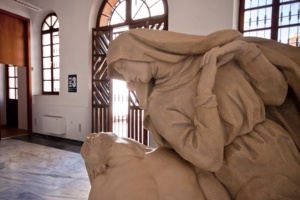
Museum of Mérida
The Museum of the Town of Mérida houses a collection on the Mérida-born sculptor and other pieces that take one on a route through the town's history.
-
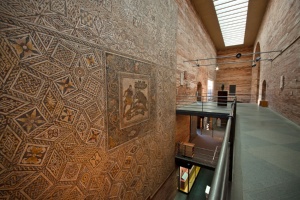
National Roman Art Museum in Mérida
The National Roman Art Museum (MNAR) shows the visitor different sides of daily life in the province of Hispania.
-
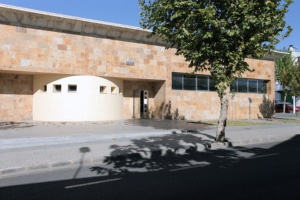
Extremadura Geology Museum
Its collection has made this museum one of the most important of its kind.
-
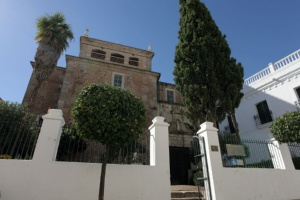
Museum of Visigoth Art and Culture
The collection of Visigoth pieces in this museum brings together relics from Mérida from the 4th-8th centuries, as the capital of the Diocesis Hispaniarum and as the metropolitan capital of the province of Lusitania
-

Montijo Reservoir SPA
This reservoir, which has the reverse cycle to other Mediterranean reservoirs, is a meeting point for birds throughout the year.
-
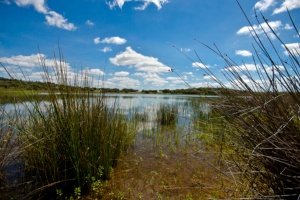
Charca La Vega Del Machal Special Protection Area (SPA) for Birds
Reservoirs are the main feature of this natural space.
-
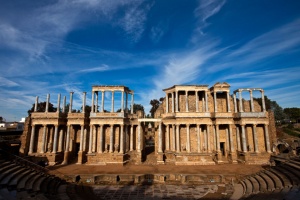
Archaeological Ensemble of Mérida
Mérida's Roman past is still very obvious from the many monuments remaining, reflecting life in one of the Empire's provincial capitals.
-
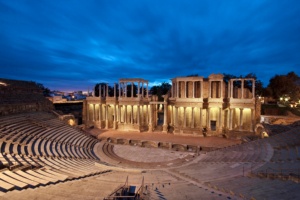
Roman theatre of Mérida
The town of Mérida contains one of the most important archaeological sites in the world, of which the Roman theatre forms part.
-
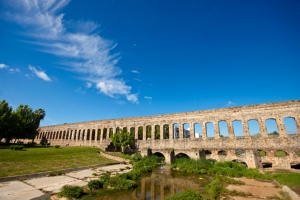
Rabo de Buey Aqueduct
Mérida was supplied with water by three main aqueducts in Roman times. One of them was the one called Rabo de Buey, or also San Lázaro.
-
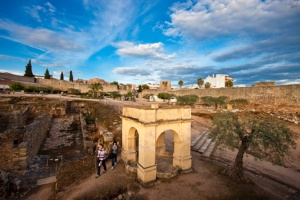
Mérida citadel from the Moslem period
A walled fortress of impressive size and beauty commissioned by Abderramán II in the year 835.









